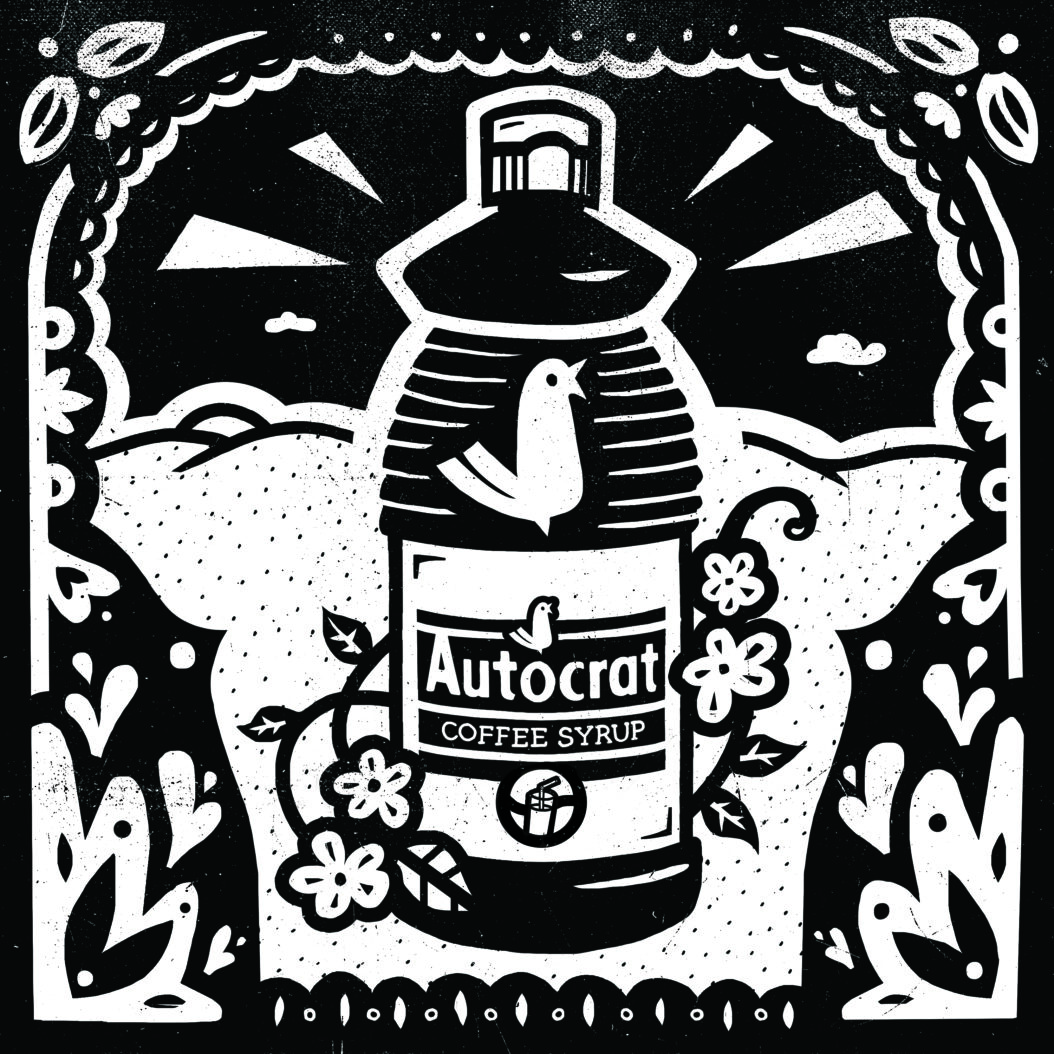
“A swallow will tell you.”
I mostly talk about food, but today I’ll share that I just moved to Rhode Island. It’s hard to feel at home when you move to a new state, but if there’s one thing I’ve learned over the years, it’s that the fastest way to make new friends is to ask them what they like to eat or drink. Some states even help you out by designating an “official” food or beverage that corresponds or somehow contributes to the personality of the people who live there.
Most states have an official food or snack, but only thirty states have claimed a beverage. (The rest, I assume, are busy with other things.) Massachusetts’ drink is cranberry juice. Makes sense. Nebraska’s is Kool-Aid! Rad! Indiana’s is water, which, although health-conscious, is not something I’d build an identity around. But here’s the real surprise: 21 states have the same official beverage! MILK!
Now, if I were a state, I might be depressed that SO MANY OTHER STATES had the same favorite drink as me. I might yearn to stand out from the crowd. To choose something remarkable. That’s just what the great state of Rhode Island (my new home state!) did. They didn’t choose plain ole’ milk. They chose Coffee Milk.
The origin of Coffee Milk is said to stem from the great influx of either Italian or Portuguese immigrants to Rhode Island in the 19th century. (Both take credit.) These folks, or more specifically, their kids, drank a sweetened coffee with plenty of milk at home, and by the 1930s the drink was featured at soda fountains, too. The restaurant version was made by stirring a syrup made from coffee and sugar into ice-cold milk, and it was a delicious treat for kids to enjoy while their parents drank hot coffee.
In 1932, the first commercial Coffee Syrup was being produced. NOT in Rhode Island, but in neighboring Massachusetts! (New Bedford, to be exact.) The manufacturer was Silmo, and the product was a hit. By 1938, a Warwick, Rhode Island brand called Eclipse launched their own version. In the 40s, Autocrat entered the Coffee Syrup fray. There was competition among the brands, and spirited disagreements between folks that thought that this or that syrup was best, but by the 90s, Autocrat was the brand that remained. (You can still buy Eclipse, but it’s made by Autocrat!)
It’s awfully exciting to be the biggest Coffee Syrup manufacturer, but there are some problems that come with this role: Your main market is a state with a million people. They love Coffee Milk and drink a lot of it, but no one else really does. OK, maybe you have some splash-over (it’s a milk joke) into other New England towns, but Coffee Milk is not going to take the country by storm. How do you increase sales? How do you bring an incredibly regional product onto the international stage?
The answer surfaced during a behind-the-scenes collaboration with Cambridge, MA coffee chain, The Coffee Connection. The shops were looking for a frosty summer beverage that would increase sales during the hottest months of the year. Through a partnership with Autocrat, they developed one. It was called, wait for it…the Frappuccino. This icy-sweet, coffee-flavored beverage was a sensation, and when Starbucks bought the 23 Coffee Connection locations in 1994, they bought the rights to the Frappuccino as well.
For years, Autocrat continued to supply syrup for the Frappuccino recipe, and the drink’s popularity grew exponentially. Eventually, Starbucks brought the syrup manufacturing in-house, but Autocrat had learned a thing or two. In order to thrive and grow in what could have been a very niche Coffee-Milk-market, it had to develop and maintain a pipeline of relationships with other businesses, supplying extracts and syrups internationally.
Today, Autocrat is owned by a British tea extract producer, and they make a ton of amazing products for a bunch of different brands, but most importantly, they keep making the syrup that makes the coffee milk that made them famous in Rhode Island. And nothing in the world goes better with a couple of New York System wieners…all the way.

